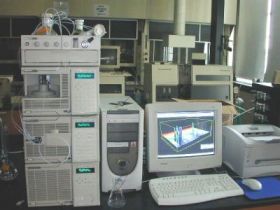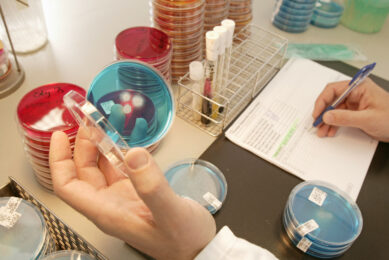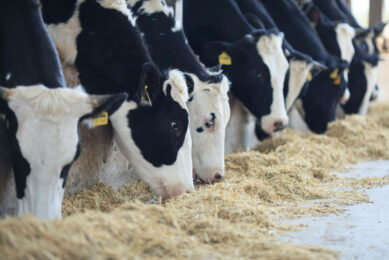Multiresidue detecting antibiotics in DDGS

During the fermentation step of bioethanol production, antibiotics are generally added to prevent the growth of undesirable bacteria. A new method has been developed to detect multiple antibiotics residues in DDGS, which is fed to animals.
The potential presence of antibiotics in the distillers grains presents a problem for the farming and food industries. The antibiotics could cross into the animal tissues and subsequently into humans who eat the meat, causing health risks to both.
The US FDA has established standard limits for antibiotics in feed but scientists there recognised that there are few analytical methods for measuring them.
Hemakanthi De Alwis and David Heller from the Centre for Veterinary Medicine at the FDA declared that there is no multiresidue method for drugs in distillers grains.
Most published methods target only one drug or one class of drug and this is inadequate for the broad range of antibiotics that might be used during bioethanol production.
Multiresidue method
So, the researchers developed a true multiresidue method which covers 13 distinct antibiotics from several different classes. Commonly employed tetracyclines, â-lactams, peptides, amphenicols, macrolides, polyethers and aminoglycosides were selected.
The primary aim was to devise a method which did not present any false negative results and, for this purpose, De Alwis and Heller chose HPLC linked to tandem mass spectrometry on an ion trap. This combination was expected to give the desirable sensitivity and reliability.
The optimised method was tested on different types of distillers grains acquired from various sources, including dry distillers grains, wet distillers grains and soluble distiller grain fractions, which are by-products from bioethanol production depending on specific processing procedure employed.
The results suggested that the method is generally applicable to all of these sources.
Generally applicable
The researchers expect that their method of sample preparation will be generally applicable to different types of analytes in food and feeds and they are currently assessing that possibility.
They are also looking to improve method sensitivity by replacing the ion trap mass spectrometer with a triple quadrupole mass spectrometer and will be extending the procedure to more antibiotics and a broader range of distiller grains from corn and other grains.
Related link: Journal of Chromatography A 2010, 1217, 3076-3084: "Multiclass, multiresidue method for the detection of antibiotic residues in distillers grains by liquid chromatography and ion trap tandem mass spectrometry"











